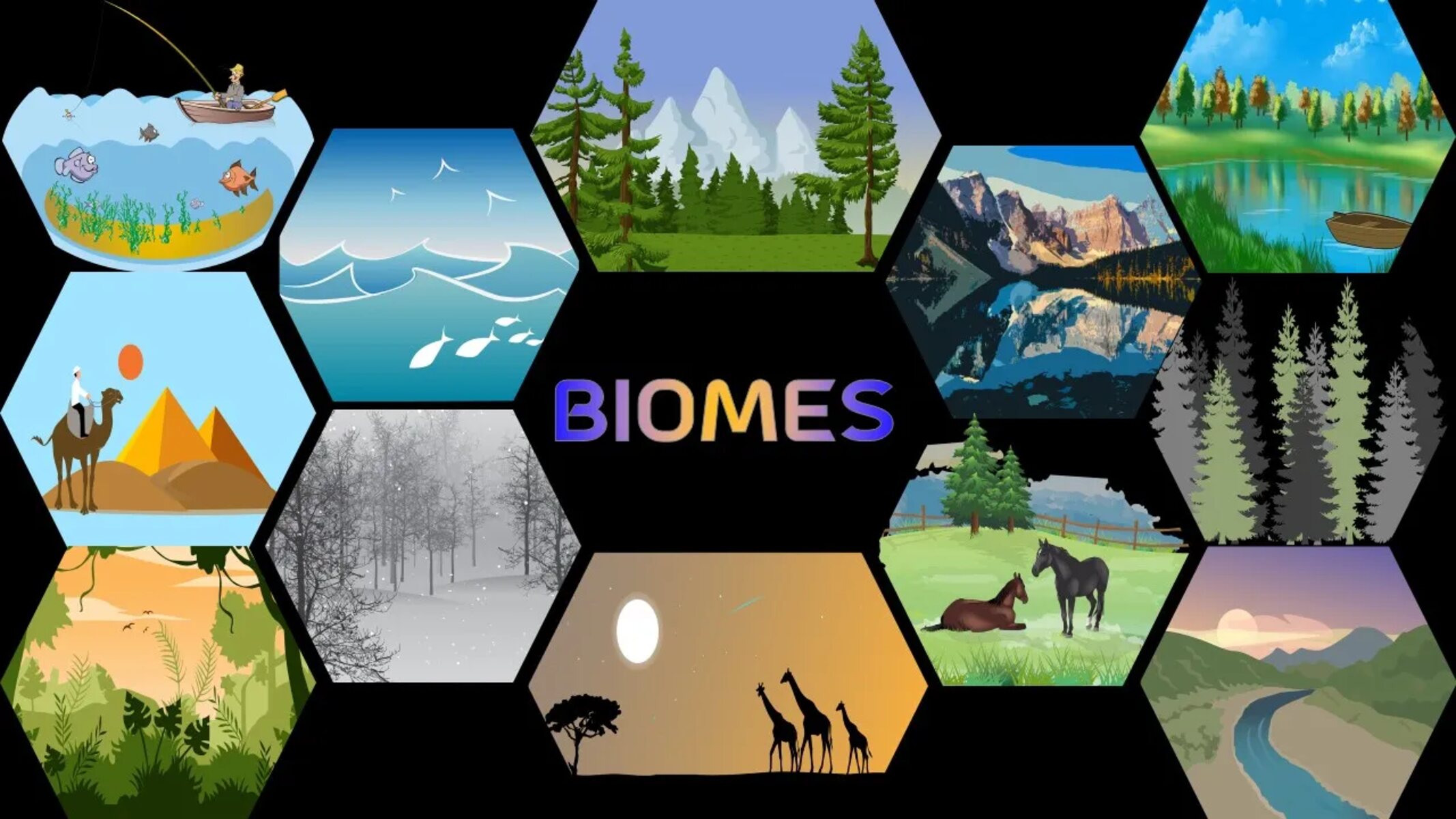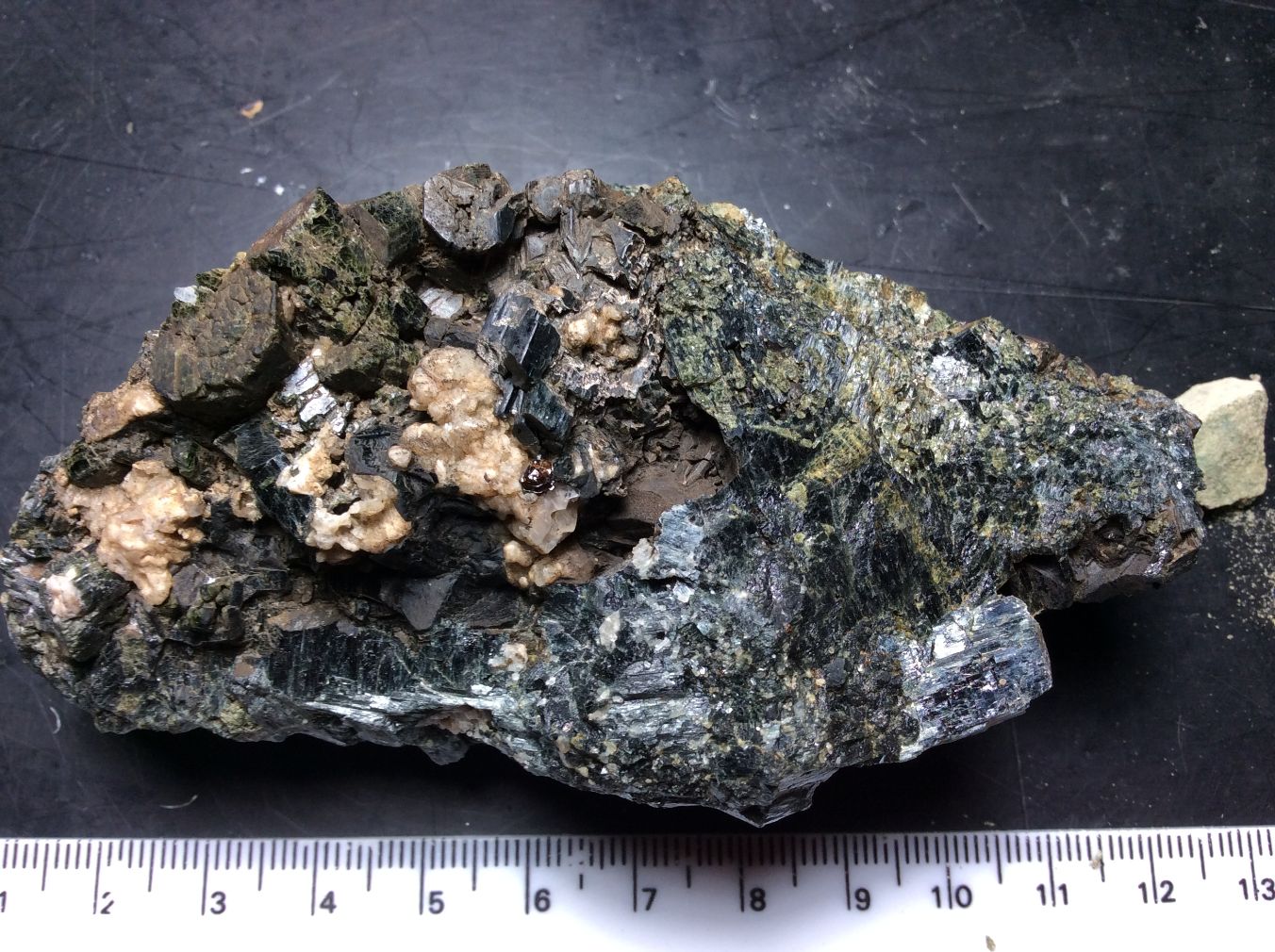
When it comes to the incredible diversity of our planet, biomes play a crucial role. Biomes are large ecological areas characterized by their unique climate, vegetation, and wildlife. From the lush rainforests of the Amazon to the freezing Arctic tundra, each biome offers a captivating glimpse into the wonders of the natural world.
In this article, we will delve into the fascinating world of biomes and explore nine captivating facts that shed light on their importance and intricacies. Whether you are a biology enthusiast, an adventurer, or simply curious about the wonders of nature, these facts will undoubtedly fascinate and surprise you.
Key Takeaways:
- Biomes are diverse habitats with unique climates and species, crucial for supporting ecosystems and maintaining biodiversity on Earth.
- From the Amazon Rainforest to the Arctic tundra, biomes play a vital role in shaping our planet’s natural beauty and ecological balance.
Biomes are distinct ecological communities.
Biomes are large geographic areas characterized by their distinct climate, vegetation, and animal life. From lush rainforests to icy tundras, these diverse habitats cover our planet and play a crucial role in supporting various ecosystems.
There are five main types of biomes.
The five major biomes are aquatic, desert, forest, grassland, and tundra. Each biome has its own unique characteristics and species that have adapted to survive in their specific environment.
The Amazon Rainforest is the largest biome in the world.
Spanning over 5.5 million square kilometers, the Amazon Rainforest is not only the largest rainforest but also the largest biome on Earth. It is home to an incredible diversity of plant and animal species, many of which are still undiscovered.
The Sahara Desert is the hottest desert biome.
The Sahara Desert, located in northern Africa, is the largest hot desert in the world. With scorching temperatures reaching up to 50°C (122°F), it poses a challenging environment for both plants and animals.
The Taiga biome is the largest terrestrial biome.
Stretching across the Northern Hemisphere, the Taiga biome, also known as the boreal forest, is the largest terrestrial biome. It is characterized by coniferous forests and is home to a wide range of wildlife, including bears, wolves, and moose.
The Great Barrier Reef is the largest coral reef biome.
Located off the coast of Queensland, Australia, the Great Barrier Reef is the largest coral reef ecosystem in the world. It is home to a plethora of stunning marine life and is recognized as one of the seven natural wonders of the world.
The Serengeti is a famous grassland biome.
The Serengeti, located in East Africa, is a vast grassland biome known for its incredible wildlife migrations. It is home to iconic animals such as lions, zebras, and wildebeests, making it a popular destination for safari enthusiasts.
The Arctic tundra biome experiences extreme cold temperatures.
The Arctic tundra, found in the Northern Hemisphere, experiences long, cold winters and short, cool summers. It is characterized by permafrost, a layer of permanently frozen soil, and is inhabited by hardy species like polar bears and Arctic foxes.
Biomes are essential for maintaining the Earth’s biodiversity.
Biomes provide habitats for countless species, contribute to the production of oxygen, regulate climate patterns, and support overall ecological balance. Preserving and protecting these biomes is crucial for the well-being of our planet and future generations.
Biomes play a crucial role in shaping the Earth’s biodiversity and maintaining ecological balance. Understanding these captivating facts about biomes helps us appreciate the incredible diversity that exists in our world and the importance of protecting these delicate ecosystems.
So, next time you marvel at the lush rainforests, encounter the vastness of the desert, or witness the beauty of a coral reef, remember the 9 captivating facts about biomes that make our planet so exceptional.
Conclusion
In conclusion, biomes are fascinating and diverse ecological communities that exist all around the world. From lush rainforests to frozen tundra, each biome offers a unique set of characteristics and species that have adapted to thrive in their specific environment. Understanding and appreciating the different biomes on our planet is crucial for conserving biodiversity and protecting our natural resources.By exploring the captivating facts about biomes, we gain a deeper appreciation for the interconnectedness of life on Earth. The incredible adaptations, diverse ecosystems, and complex interactions within biomes highlight the resilience and beauty of our planet. It’s truly amazing how nature has managed to create such a wide array of habitats, each with its own distinctive features.As we continue to study and learn about biomes, we unlock new insights into the delicate balance of nature and the importance of preserving these ecosystems for future generations. Let’s work together to protect and cherish the incredible biodiversity that our planet has to offer.
FAQs
1. What are biomes?
Biomes are large geographical areas characterized by similar climatic conditions, ecosystems, and communities of plants and animals.
2. How many biomes are there?
There are five major biomes: aquatic, desert, forest, grassland, and tundra. However, some sources categorize the world into more specific biomes based on regional variations and unique characteristics.
3. What factors determine the characteristics of a biome?
The characteristics of a biome are determined by factors such as temperature, precipitation, altitude, and soil composition. These factors influence the types of plants and animals that can survive and thrive in a particular biome.
4. Why are biomes important?
Biomes play a crucial role in maintaining the Earth’s biodiversity and providing habitats for countless species. They also contribute to the overall health of our planet by regulating climate, supporting nutrient cycles, and providing vital resources for human populations.
5. How are humans impacting biomes?
Human activities such as deforestation, pollution, and climate change are significantly impacting biomes around the world. These actions can lead to the loss of habitats, extinction of species, and disruption of natural ecosystems.
6. Can biomes be restored?
In some cases, efforts can be made to restore damaged or degraded biomes. This can involve reforestation, habitat restoration, and conservation measures to protect and preserve the integrity of these ecosystems.
7. Are there any endangered biomes?
Yes, there are several biomes that are currently facing threats and are considered endangered. These include tropical rainforests, coral reefs, and mangrove ecosystems.
8. How can I help conserve biomes?
Individuals can contribute to the conservation of biomes by reducing their carbon footprint, supporting sustainable practices, participating in conservation initiatives, and spreading awareness about the importance of biodiversity.
9. Can animals adapt to different biomes?
Yes, animals have remarkable abilities to adapt to different biomes. Natural selection favors individuals with adaptations that help them survive and reproduce in their specific environment.
Biomes captivate nature enthusiasts worldwide, each with unique characteristics and diverse species. Exploring different biomes reveals even more fascinating facts. Uncover the secrets of the savanna biome, where grasslands and wildlife thrive. Gain a deeper understanding of Earth's varied ecosystems by learning additional captivating facts about biomes. For those intrigued by colder climates, delve into the wonders of the tundra biome, where hardy plants and animals adapt to extreme conditions. Continue your journey through Earth's incredible biomes and expand your knowledge of these essential ecological communities.
Was this page helpful?
Our commitment to delivering trustworthy and engaging content is at the heart of what we do. Each fact on our site is contributed by real users like you, bringing a wealth of diverse insights and information. To ensure the highest standards of accuracy and reliability, our dedicated editors meticulously review each submission. This process guarantees that the facts we share are not only fascinating but also credible. Trust in our commitment to quality and authenticity as you explore and learn with us.


